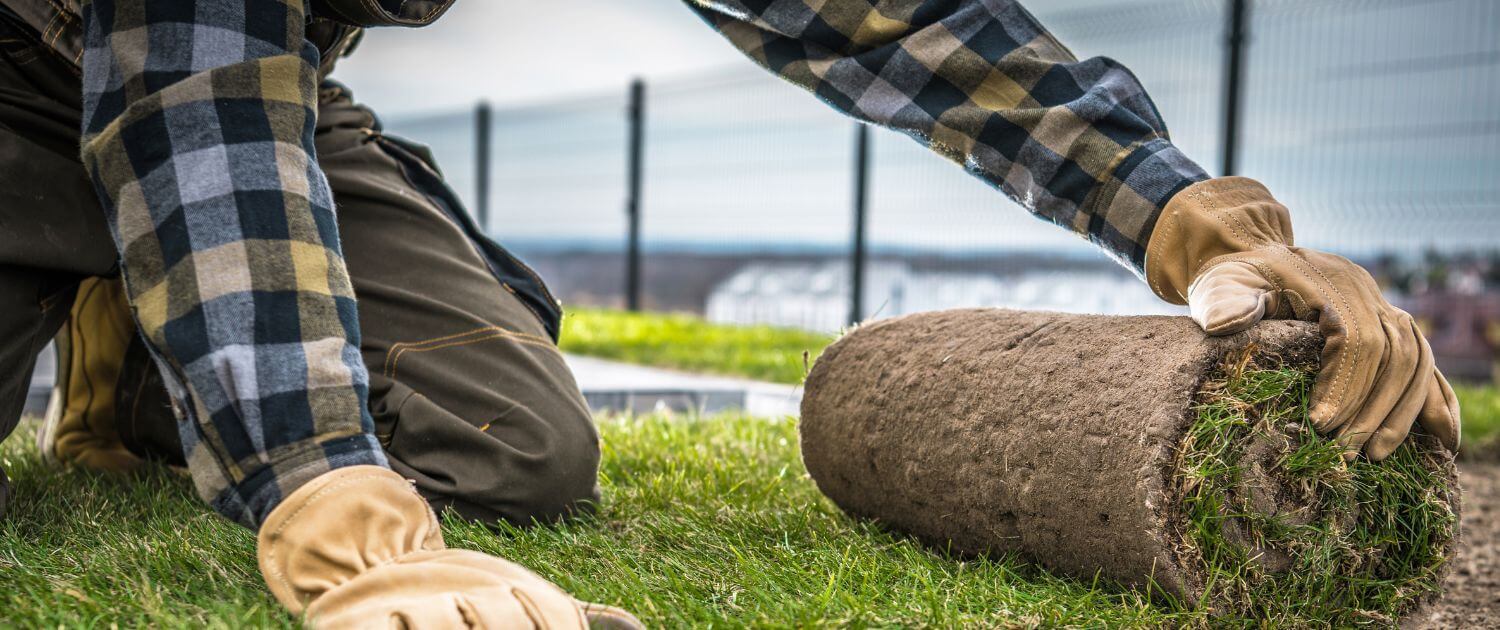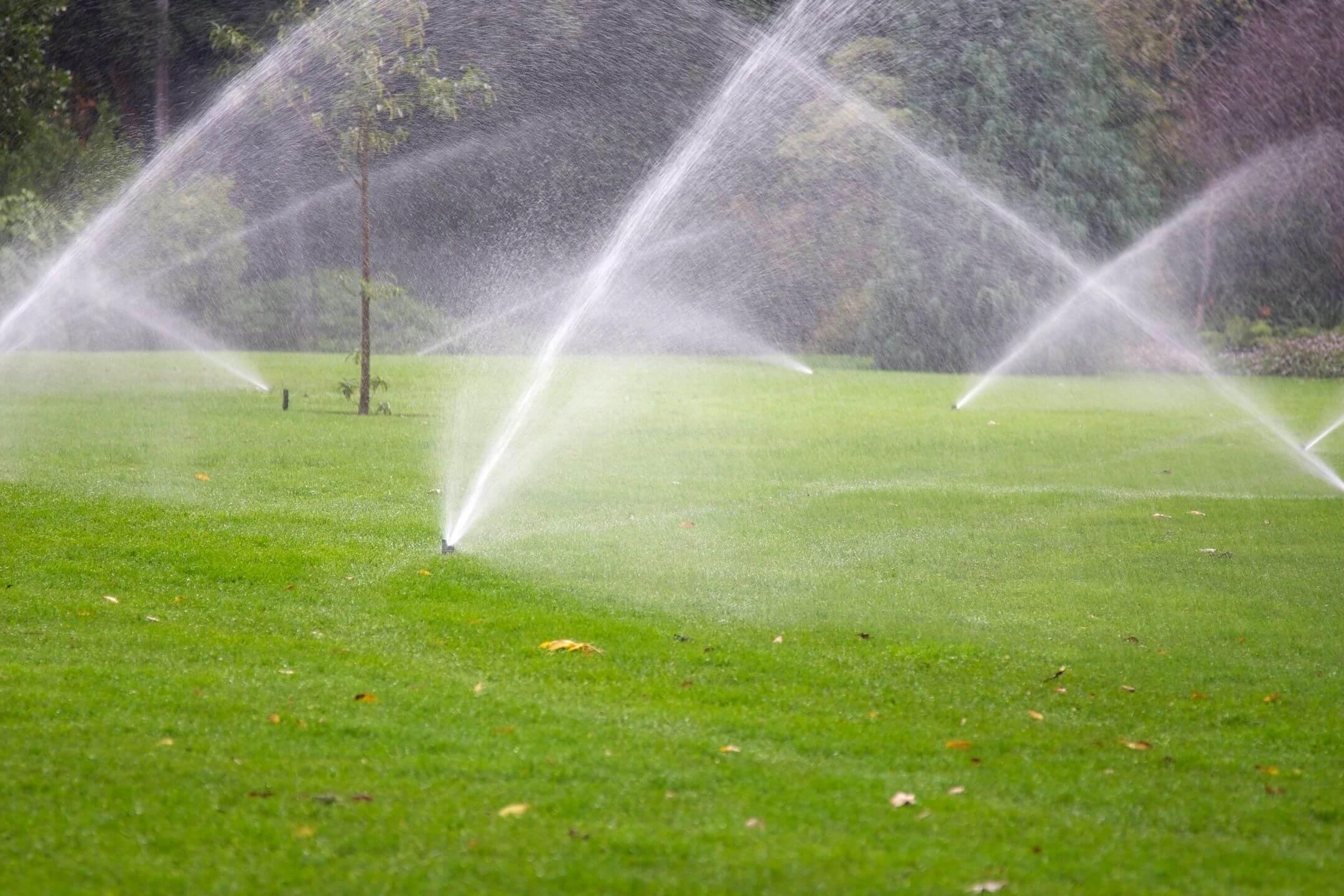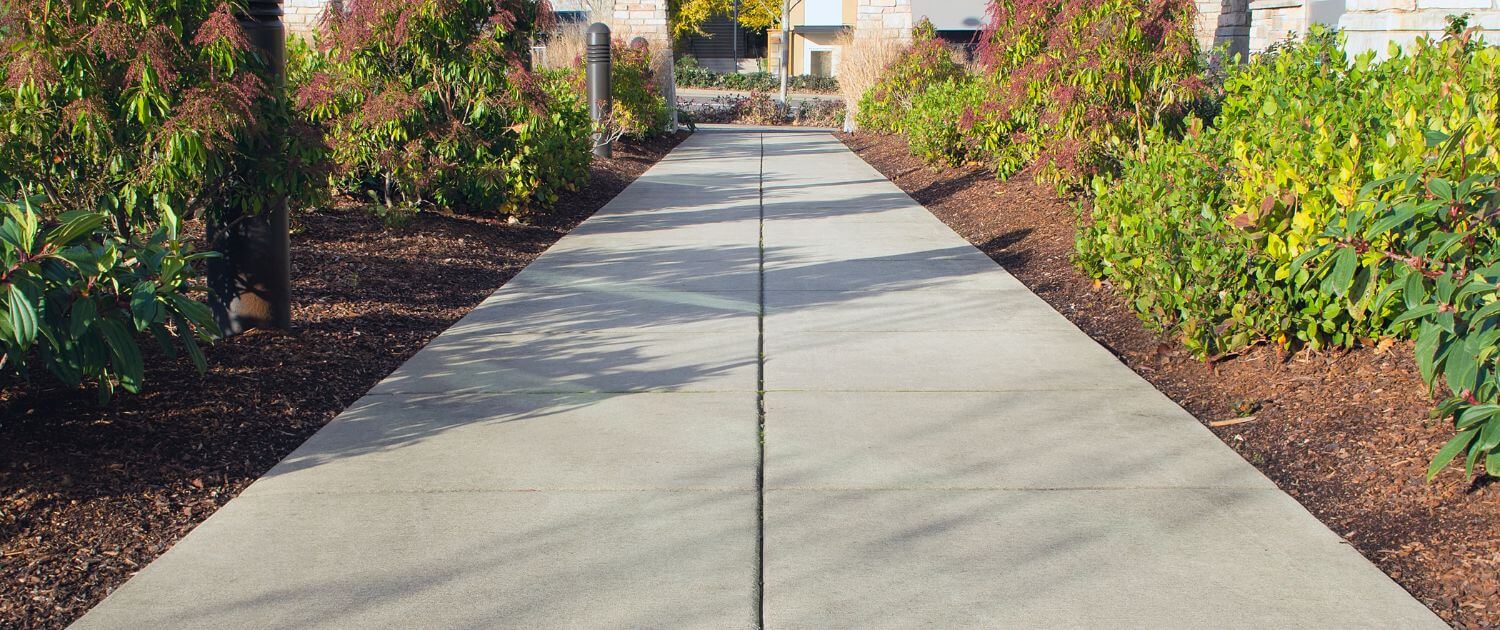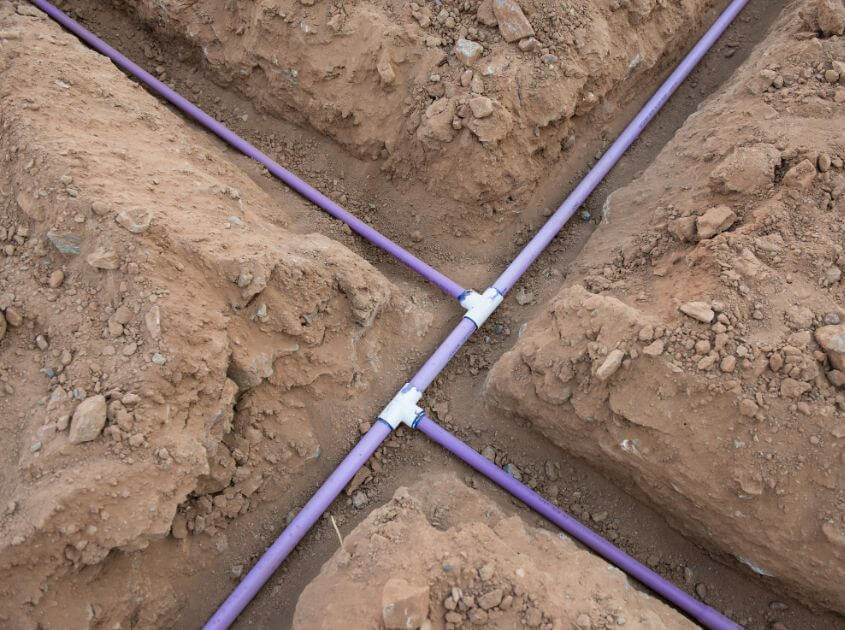Choosing between artificial turf and natural grass is an important decision for homeowners looking to create a beautiful and functional outdoor space. Both options have their advantages, and the right choice depends on factors like maintenance, cost, water usage, and long-term durability. No worries, Above All is here to help you choose!
Artificial turf has gained popularity due to its low-maintenance nature and ability to stay green year-round, making it ideal for homeowners who want a pristine lawn without the hassle of mowing, watering, or fertilizing. On the other hand, natural grass provides a classic look and feel but requires consistent care to remain healthy.
This guide will break down the key differences between artificial turf and natural grass, helping you determine which one best suits your home’s needs. Whether you’re looking to save on water, reduce upkeep, or create a long-lasting landscape, understanding the pros and cons of each option will help you make an informed decision. By the end of this comparison, you’ll have a clear idea of whether artificial turf or natural grass is the right choice for your yard. Need more personalized help? Give us a call!
Cost Comparison: Upfront Investment vs. Long-Term Savings
Cost is a major factor when deciding between artificial turf and natural grass. While artificial turf requires a higher upfront investment, it often leads to long-term savings.
Artificial Turf Costs:
- Installation: The average cost of artificial turf ranges from $5 to $20 per square foot, depending on the quality and labor involved.
- Long-Term Savings: With artificial turf, you eliminate expenses like watering, mowing, fertilizing, and reseeding, which can add up over the years.
Natural Grass Costs:
- Installation: Laying sod costs around $2 to $5 per square foot, making it significantly cheaper than artificial turf upfront.
- Ongoing Expenses: Maintaining natural grass requires regular watering, lawn care equipment, fertilizers, pesticides, and reseeding, all of which can total hundreds (or even thousands) of dollars annually.
Although artificial turf requires a larger initial investment, it typically pays for itself over time through reduced maintenance costs. If you’re looking for a budget-friendly short-term option, natural grass may be more appealing, but for long-term savings, artificial turf is the clear winner.
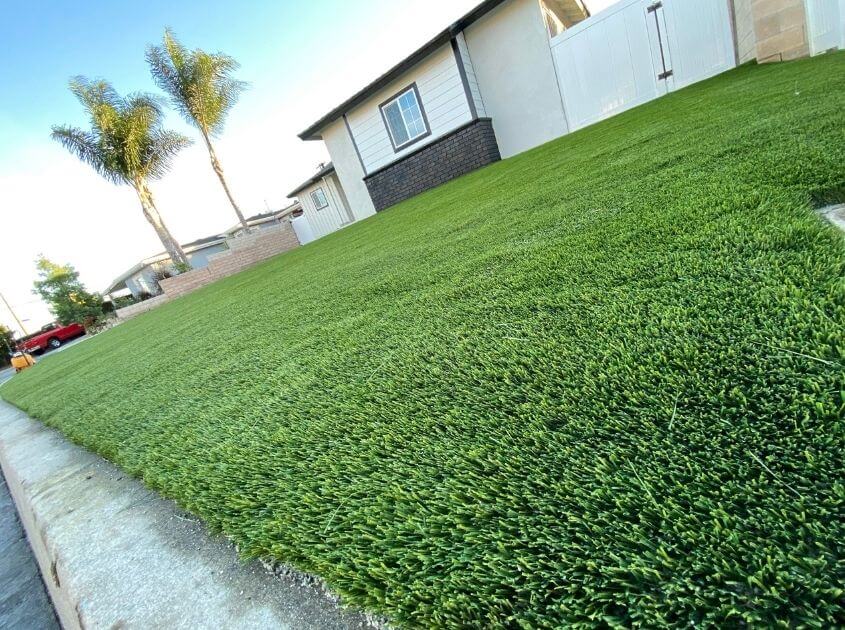
Maintenance Requirements: Which Option is Easier to Care For?
Maintenance is one of the biggest differences between artificial turf and natural grass. If you love the idea of a low-maintenance lawn, artificial turf is the way to go.
Artificial Turf Maintenance:
- Occasional rinsing to remove dust and debris
- Brushing to keep fibers upright
- Removing pet waste and spills with water and mild soap
- No need for mowing, fertilizing, or weeding
Natural Grass Maintenance:
- Weekly mowing to keep the grass at a manageable height
- Regular watering, especially in hot and dry climates
- Fertilizing and aerating for healthy root growth
- Weed and pest control to maintain a lush lawn
For busy homeowners, artificial turf offers a hassle-free alternative to natural grass. However, if you enjoy lawn care and don’t mind the upkeep, natural grass may be a better choice.
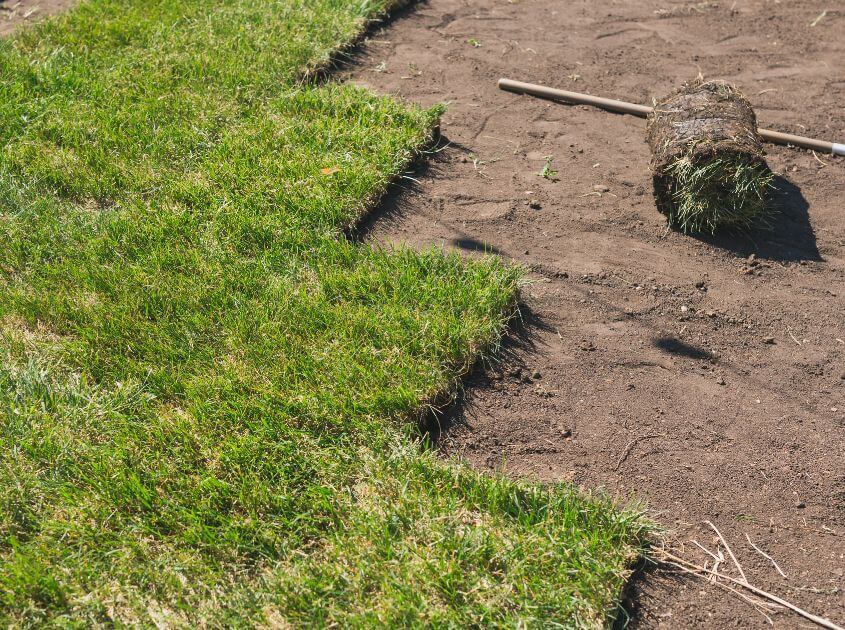
Water Usage: How Artificial Turf Helps Conserve Resources
Water conservation is a growing concern, especially in drought-prone areas like California. One of the most significant advantages of artificial turf is its ability to dramatically reduce water consumption.
Artificial Turf:
- Requires zero irrigation, except for occasional cleaning
- Helps conserve thousands of gallons of water per year
- Lowers your water bill significantly
Natural Grass:
- Needs regular watering, especially during summer
- Average lawn requires 55 gallons of water per square foot annually
- Can be difficult to maintain during drought restrictions
For homeowners looking to cut down on water usage and costs, artificial turf is a smart, environmentally friendly choice.
Durability and Longevity: Which One Lasts Longer?
When investing in a lawn, longevity matters. Artificial turf is designed to last 15-25 years with minimal upkeep, making it a durable option for homeowners who want a long-term solution.
Artificial Turf:
- UV-resistant materials prevent fading
- Can withstand heavy foot traffic, pets, and playtime
- Does not get muddy or patchy
Natural Grass:
- Requires regular care to maintain its look
- Can become patchy due to weather, foot traffic, or pests
- Needs reseeding and aeration to stay lush
If you’re looking for a long-lasting, low-maintenance option, artificial turf is the way to go. However, if you prefer the natural look and don’t mind some wear and tear, real grass is still a viable option.

Environmental Impact: The Pros and Cons of Each Option
When it comes to environmental impact, both artificial turf and natural grass have their advantages and drawbacks.
Artificial Turf Pros:
✔ Saves water
✔ Eliminates the need for pesticides and fertilizers
✔ Reduces carbon emissions from lawn equipment
Artificial Turf Cons:
❌ Made from synthetic materials
❌ Can get hotter than real grass in direct sunlight
Natural Grass Pros:
✔ Supports natural ecosystems
✔ Absorbs carbon dioxide and cools the environment
Natural Grass Cons:
❌ Requires a lot of water to stay healthy
❌ Needs fertilizers and pesticides, which can contribute to pollution
For homeowners prioritizing water conservation, artificial turf is the more sustainable choice. However, if preserving natural ecosystems is a concern, natural grass may be preferable.
Best Uses: Where Artificial Turf and Natural Grass Work Best
Not every part of your yard requires the same type of ground covering. Here’s where artificial turf and natural grass shine:
Best Places for Artificial Turf:
- Front yards and backyards for year-round greenery
- Play areas for kids and pets
- Poolside landscaping to prevent muddy patches
- Rooftops, patios, and small spaces where natural grass wouldn’t thrive
Best Places for Natural Grass:
- Large, open spaces where irrigation isn’t a concern
- Gardens and eco-friendly landscapes
- Homes with mild climates where grass grows naturally
Choosing the right option depends on your yard’s needs and how you plan to use your outdoor space.
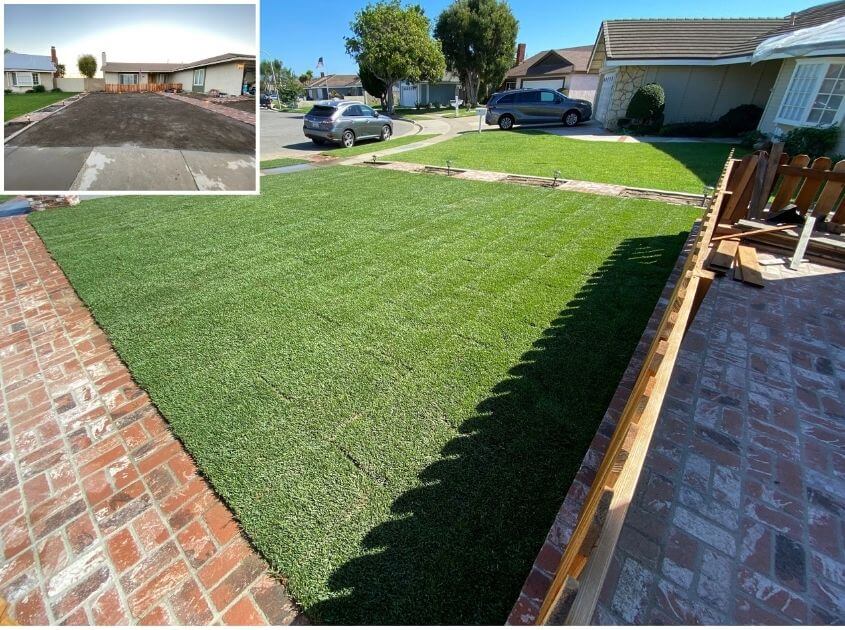
Final Verdict: Which One is Right for Your Home?
Ultimately, the choice between artificial turf and natural grass depends on your priorities:
✔ Want a low-maintenance, water-saving lawn that stays green year-round? Go with artificial turf.
✔ Enjoy the look and feel of real grass and don’t mind the upkeep? Stick with natural grass.
Both options have their advantages, but artificial turf is becoming the preferred choice for homeowners who want convenience, durability, and water savings. If you’re considering making the switch, we’d love to help!
📞 Call us today for a free consultation on artificial turf installation! Let’s create a lush, maintenance-free lawn that enhances your home’s beauty. 🌿✨


